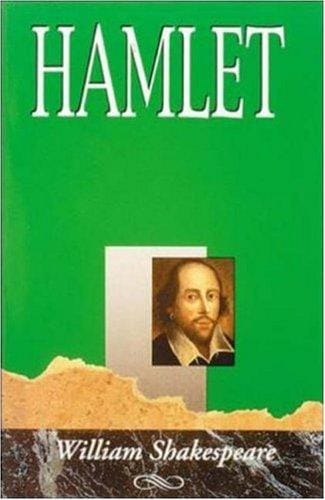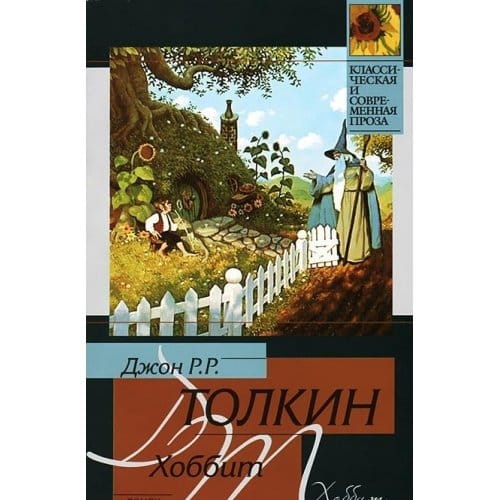Collected Fictions: Exploring Jorge Luis Borges’s Timeless Library
Explore Borges’s Collected Fictions in this 800-word guide that covers themes, standout stories and reading tips, illuminating why the volume remains essential today.

Introduction: Why "Collected Fictions" Still Matters
Few single volumes have altered the landscape of world literature as decisively as Jorge Luis Borges’s "Collected Fictions." First published in English in 1998, this comprehensive gathering of the Argentine author’s stories compresses labyrinths, libraries, mirrors and myths into just under six hundred pages. Nearly three decades later, it remains an essential gateway not only to Borges himself but also to the modern short-story form. Whether you are a first-time visitor to his curious universe or a seasoned reader looking to retrace old steps, understanding what makes "Collected Fictions" special will enrich every page you turn.
Who Was Jorge Luis Borges?
Borges (1899–1986) was an Argentine writer, librarian and scholar whose erudition in languages and history rivaled that of any academic, yet whose storytelling instincts made him beloved far beyond university halls. Blind for the last third of his life, he dictated tales that fused philosophy with imagination, questioning how we perceive reality. Though he never wrote a novel, his compact stories anticipated postmodernism, inspired magic realism and influenced icons from Italo Calvino to Neil Gaiman. "Collected Fictions" is the definitive English-language portal into Borges’s oeuvre, bringing together four major collections: "A Universal History of Iniquity," "Ficciones," "The Aleph" and "Shakespeare’s Memory."
What Exactly Is "Collected Fictions"?
"Collected Fictions" is more than a mere omnibus; it is a curated map of Borges’s intellectual terrain. Translator Andrew Hurley arranged the stories chronologically, allowing readers to witness the evolution from youthful adventures in crime to metafictional puzzles about time, identity and infinite regression. Within one binding you encounter gauchos on the Argentine pampas, ancient encyclopedias that rearrange the cosmos and secret societies guarding sacred texts. Because the stories were originally scattered across multiple mid-century Spanish-language editions, this single volume solves a logistical challenge: finding Borges’s key works in print, in order, and in faithful translation.
Key Themes and Motifs
Infinite Regress and Labyrinths
No discussion of Borges is complete without the symbol of the maze. For Borges, the labyrinth doubles as a metaphor for the infinite—structure without center. Stories such as "The Garden of Forking Paths" posit branching timelines that create an endless network of possibilities, foreshadowing today’s multiverse narratives.
Mirrors and Doubles
Mirrors fascinate Borges because they multiply reality. In "Tlön, Uqbar, Orbis Tertius," a fabricated encyclopedia about a nonexistent world begins to reshape actual history, functioning like a reflective surface that refuses to stay still. Readers are invited to question which version of events—if any—can claim authenticity.
Books Within Books
As a former director of Argentina’s National Library, Borges wrote stories that venerate and subvert the written word. "The Library of Babel" envisions a universe composed entirely of hexagonal rooms filled with books containing every possible permutation of letters. The tale highlights both the miraculous potential and the paralyzing overload of infinite information—an eerily prescient warning for the digital age.
Standout Stories You Shouldn’t Miss
If 125 stories sound intimidating, start with these five:
"The Aleph"
A single point in a Buenos Aires basement reveals the entire universe simultaneously, collapsing spatial and temporal boundaries.
"Pierre Menard, Author of the Quixote"
A French symbolist poet attempts to rewrite Cervantes’s masterpiece word-for-word, yet Borges claims the new text is altogether different because context has changed.
"Funes the Memorious"
A young man remembers everything he has ever experienced, illustrating that perfect memory can be a crippling curse rather than a gift.
"The Circular Ruins"
A magician dreams a son into reality only to realize he too is being dreamed, dramatizing Borges’s fascination with nested realities.
"Death and the Compass"
An eccentric detective pursues a murderer through a series of cabalistic clues, only to find himself ensnared in a fatal pattern he failed to recognize.
How to Read "Collected Fictions" Today
Because Borges compresses expansive ideas into concise prose, reading slowly pays dividends. Keep a notebook or digital note app handy for references to philosophers like Berkeley or to obscure Persian heresies; one quick search can illuminate pages of otherwise opaque allusions. Alternate intense reading sessions with reflection, allowing metaphysical concepts time to marinate. Many readers also find value in pairing the stories with scholarly commentary or reading groups, both online and in person. Finally, resist the urge to binge: savoring one or two stories per sitting preserves their dreamlike resonance.
Influence on Modern Culture
From Hollywood blockbusters to cutting-edge video games, Borges’s fingerprints are everywhere. Films like "Inception" and "The Matrix" borrow openly from his ideas of nested realities and self-referential worlds. Authors including Umberto Eco, John Barth and Margaret Atwood have cited Borges as foundational to their craft. Even computer science nods to him: the concept of a "recursive" program—one that calls itself—echoes Borges’s recursive narratives. For anyone studying contemporary storytelling, "Collected Fictions" offers a master class in narrative design that remains startlingly modern.
Conclusion: Entering the Infinite
Reading "Collected Fictions" is less a linear journey than a looping walk through mirrors, where beginnings and endings fold onto each other and every story hints at a larger, unseen text. Borges once wrote, "I have always imagined that Paradise will be a kind of library." Open this book, and you step into that paradise: an endless library where each shelf leads to another universe, and every universe leads back to you.



